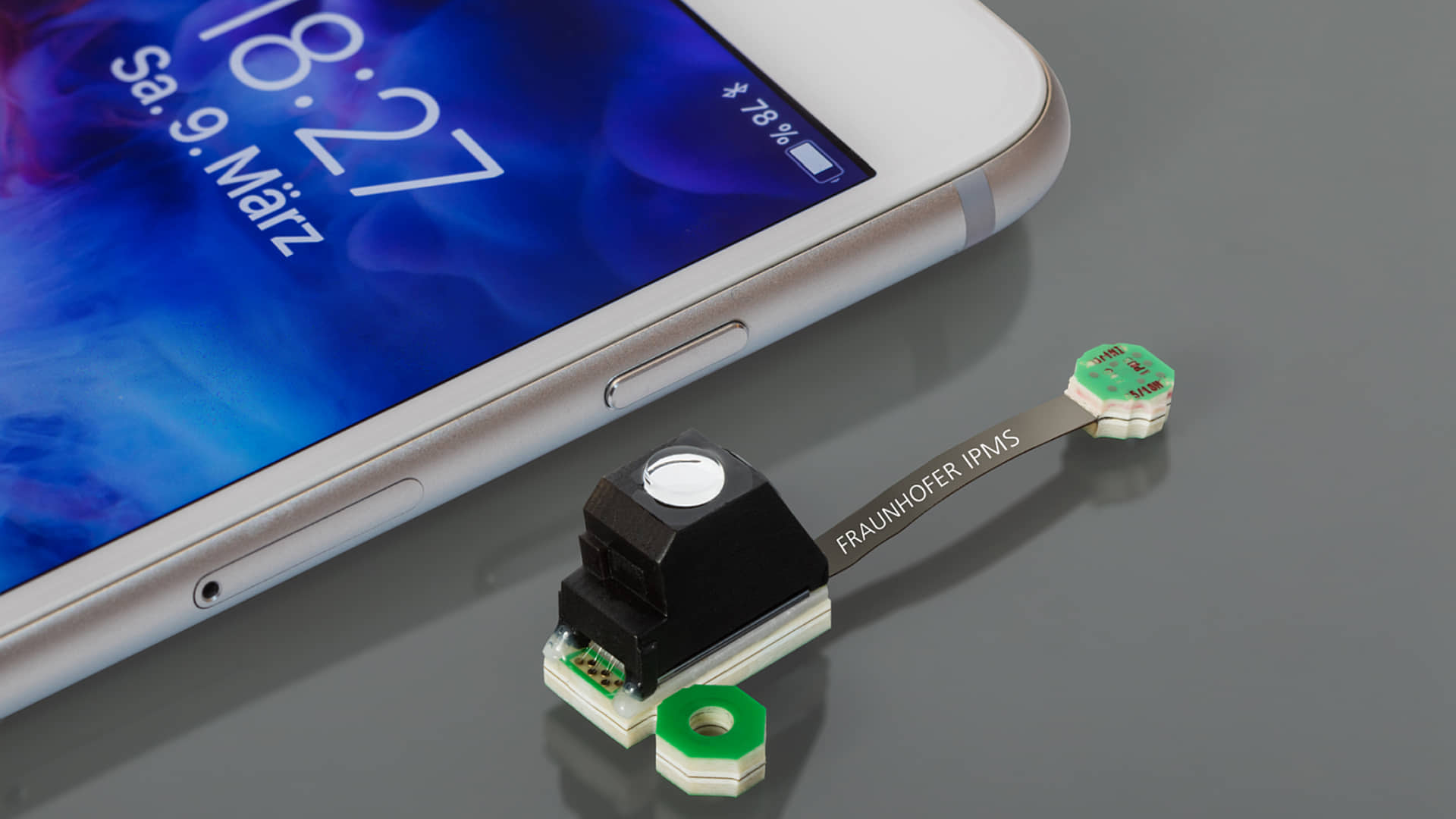Researchers at the Fraunhofer Institute for Photonic Microsystems IPMS in Dresden have developed an ultra-compact near-infrared spectrometer suitable for recognizing and analyzing textiles. Mixed fabrics can also be reliably identified through the combination of imaging, special AI (Artificial Intelligence) algorithms and spectroscopy. The technology could be used to optimize recycling old clothing, so old apparel could be sorted according to type. A highly miniaturized version of the system can even fit into a smartphone. It is stated that this could lead to a host of new applications for end-users in everyday life from checking clothes when out shopping to detecting counterfeits.

Near-infrared spectrometer offers reliable and accurate identification
Infrared spectrometers are considered as powerful measuring instruments when it comes to the non-destructive analysis of organic materials. Researchers at Fraunhofer rely on near-infrared (NIR) spectroscopy to achieve the required reliability and accuracy when identifying textiles. The system works for wavelengths between 950 and 1900 nanometers, which is close to the visible spectrum. Advantages of near-infrared technology include being easy to use and having a wide range of applications. A research scientist in the Sensoric Micromodules department at Fraunhofer IPMS, Dr. Heinrich Grüger explained that they combine NIR spectroscopy with imaging and AI to achieve higher accuracy when recognizing and analyzing objects.
How does textile analysis work?
Firstly, a conventional camera module captures an image of the garment. The AI selects a specific point from the fabric’s image data to be examined by the spectral analyzer module. Light reflected from the fabric is captured by the spectrometer module. There, it passes through an entrance slit, is transformed into parallel light beams using a collimating mirror and projected onto a grating using a scanning mirror. Depending on the angle of incidence and exit, the grating splits the light beams into different wavelengths. Light reflected from the grating is directed by the scanner mirror to a detector which captures the light as an electrical signal. An A/D converter then digitizes these signals, which are subsequently analyzed in the signal processor. The resulting spectrometric profile for the textile fabric reveals which fibres it is made from by comparing it to a reference database. Dr. Heinrich Grüger said: “The optical resolution is 10 nanometers. This high resolution means the NIR spectrometer can also use AI to identify mixed fabrics such as items of clothing made from polyester and cotton.” Measuring just 10 mm × 10 mm and being 6.5 mm thick, the system is so compact it could easily be integrated into a standard smartphone.
